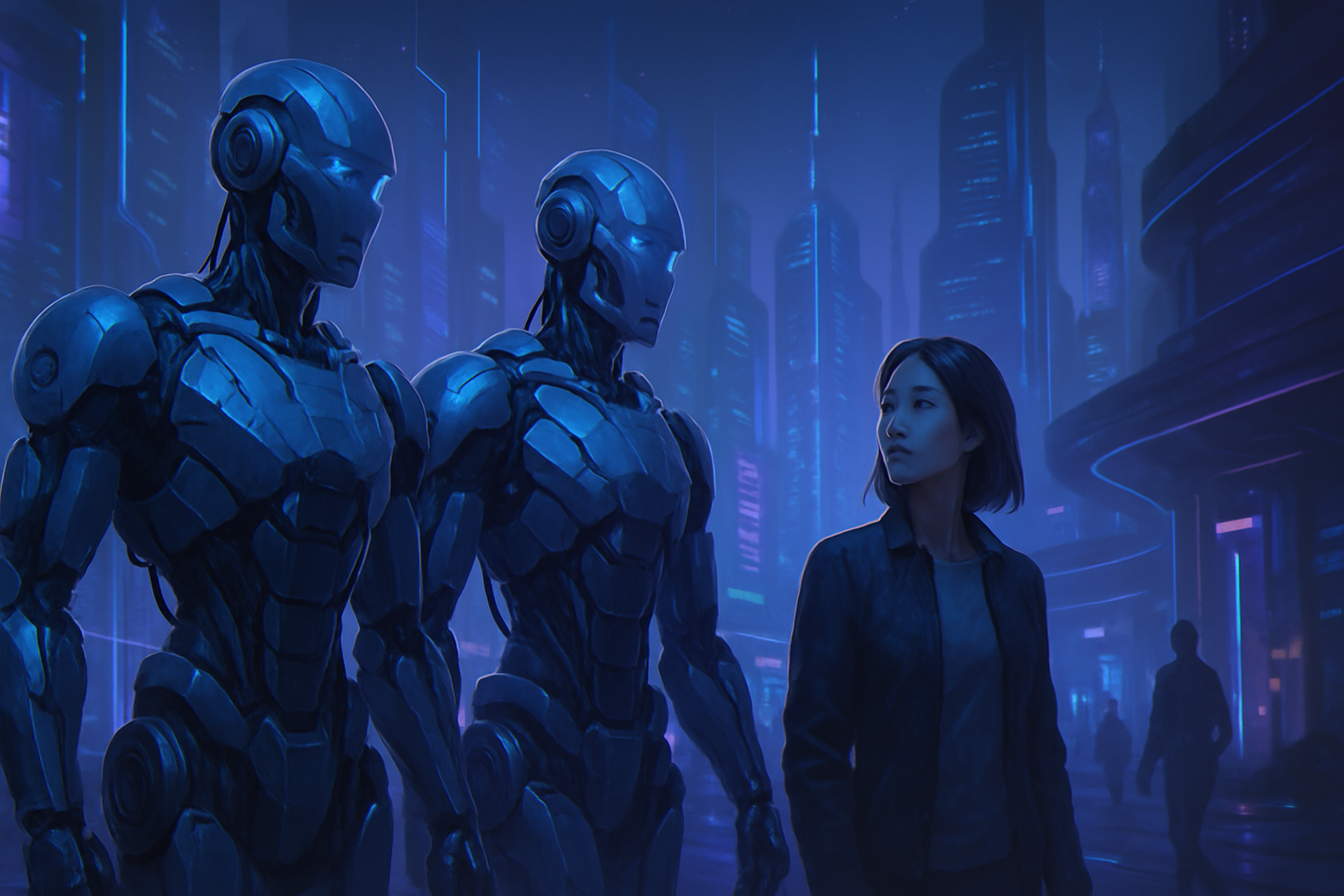The future of artificial intelligence revolves around biomimetic systems, mimicking the neural complexity of the human brain. This technological transformation promises to enhance energy efficiency while reducing the ecological footprint. Recent advances in dendritic neural networks, inspired by biology, pave the way for innovative solutions for data-intensive applications. By integrating these new architectures, AI systems are becoming not only more compact but also more powerful and adaptable to various challenges. These advancements stimulate research in the quest for a balance between performance and sustainability.
A new AI technology inspired by the brain
Research conducted by scientists at FORTH has produced a significant advancement in the field of artificial neural networks (ANNs), by integrating features inspired by biological dendrites. These structural modifications allow for more precise and robust image recognition while using fewer parameters. This development paves the way for more compact and energy-efficient artificial intelligence systems.
Challenges of traditional AI systems
Current artificial intelligence systems are massive, containing millions to billions of parameters. This complexity leads to gigantic energy consumption, limiting the practicality of their use in various contexts. Optimizing these technologies thus becomes a necessity to promote their widespread deployment.
Integration of dendrites in ANNs
Dendrites, present in nerve cells, play a crucial role in processing information. They ensure the reception of signals from other neurons and transmit this information to the cell body. Recent research shows that these dendrites can perform complex calculations independently of the main neurons. Integrating such features into AI systems increases their efficiency and adaptability potential.
Advances in dendritic networks
The results of a study published in Nature Communications revealed that these dendritic networks are more resistant to overfitting. They can match or even surpass the performance of traditional ANNs while requiring much less learning resources. This innovation materializes through a unique learning approach, where several nodes of the network participate in encoding different categories.
Implications for the future of AI
Research on dendritic ANNs could transform several sectors through improved artificial intelligence applications. The potential to use fewer resources while accomplishing complex tasks represents a major turning point. This technology is likely to significantly reduce the energy consumption associated with training AI models, making a substantial contribution to sustainability.
Encouragement for interdisciplinary research
The advances achieved require multidisciplinary collaboration to address the challenges encountered in implementing these systems. Researchers, under the guidance of Dr. Chavlis and Dr. Poirazi, encourage synergy between engineering, neuroscience, and artificial intelligence fields to maximize the benefits of this technology.
Towards energy efficiency
Energy-efficient AI systems will promote innovation while mitigating negative environmental impact. With this bio-inspired approach, it is now possible to envision a future where AI integrates harmoniously with ecological demands. Research will continue to explore new avenues, making the technology more accessible and environmentally friendly.
Complementary tools and resources
To delve deeper into this topic, several resources are available. Scientific articles, such as those published by Professor Panayiota Poirazi, illuminate the implications of this research. Advances in the field of AI will gain visibility through detailed studies and academic publications.
Frequently asked questions about brain-inspired AI technology
What is brain-inspired AI?
Brain-inspired AI refers to artificial intelligence systems that mimic the structures and functions of neurons and synapses in the human brain to process and analyze data more effectively.
How does this technology reduce energy consumption?
This type of AI uses more compact neural architectures that require fewer parameters during learning, leading to reduced energy consumption while maintaining high performance.
What advantages do dendritic neural networks offer over traditional neural networks?
Dendritic neural networks, by mimicking the dendrites of biological neurons, show increased resistance to overfitting and improve image recognition performance with fewer resources.
How can these AI systems be applied in industry?
Brain-inspired AI systems can be used for a variety of applications, ranging from image recognition to autonomous decision-making, thereby enabling energy savings while increasing operational efficiency.
Which sectors would benefit most from this technology?
The healthcare, manufacturing, automotive, and information technology sectors could benefit from this technology by integrating AI systems with improved performance to optimize their processes.
What is the importance of adaptability in these brain-inspired AIs?
These systems exhibit better adaptability due to their deep learning capabilities, allowing them to quickly adjust to new data and environments, thereby improving their relevance and effectiveness.
What challenges need to be addressed for the implementation of this technology?
The main challenges include the need for advanced research, understanding the underlying biological mechanisms, as well as developing models that further reduce energy consumption while enhancing performance.






